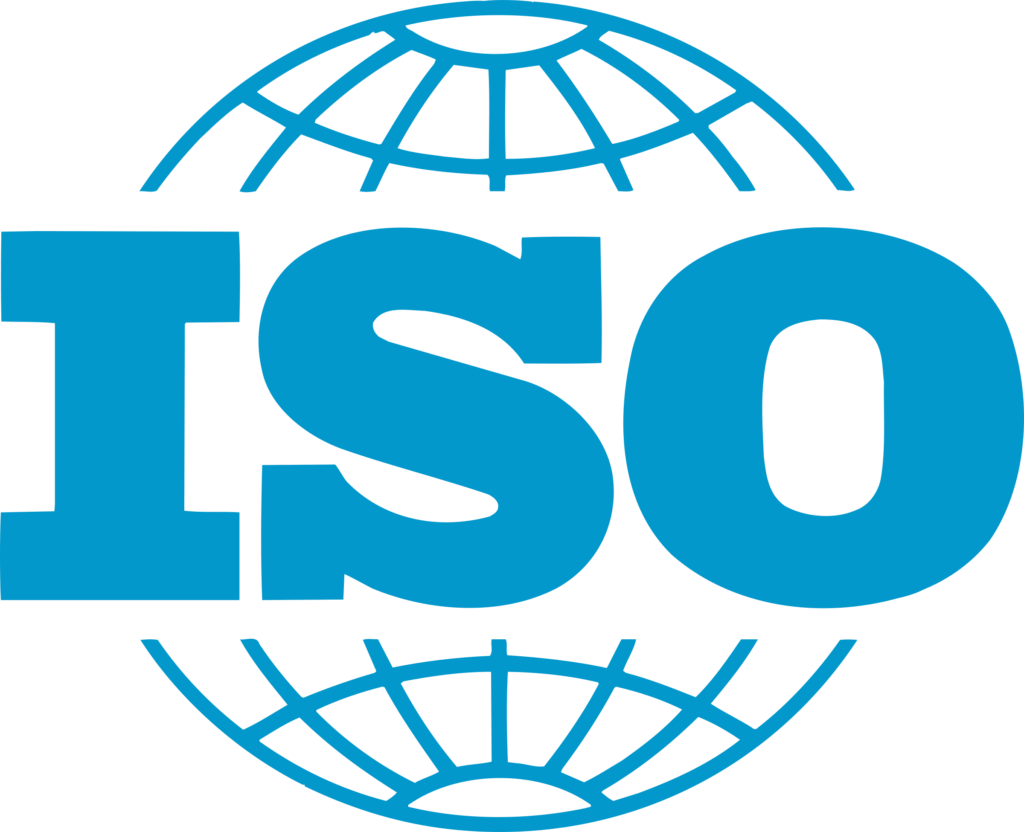Hiring the right employees is essential for the success and growth of any small business. With limited resources and manpower, it’s crucial to make informed hiring decisions that align with your company’s goals and values. In this short article, we’ll explore some of the key steps to hiring employees for small businesses effectively.

1. Define your requirements
Before you start the recruitment process, take the time to clearly define the roles and responsibilities you need to fill. Consider the specific skills, experience, and qualifications required for each position. Additionally, think about the cultural fit within your organisation and the traits that contribute to a positive work environment.
By clearly outlining your needs and requirements, you can attract candidates who are the best fit for your small business.
2. Utilise psychometric assessments
Psychometric assessments are valuable tools for small businesses looking to make more informed hiring decisions. These assessments measure candidates’ cognitive abilities, personality traits, and work styles, providing valuable insights into their potential for success in a particular role. By using psychometric assessments, you can identify candidates who are not only qualified but also have the right temperament and characteristics to thrive in your organisation. This saves time and resources by ensuring that you’re focusing on candidates who are likely to stay longer and perform better.
3. Write compelling job descriptions
A well-crafted job description (please note that ‘well crafted’ doesn’t mean lie) is essential for attracting top talent to your small business. Clearly and honestly outline the responsibilities of the role, as well as the skills and qualifications required. Highlight the unique aspects of your company culture and the opportunities for growth and development. Be honest and transparent about what the job entails to attract candidates who are genuinely interested and qualified.
4. Leverage your network
Networking is a powerful tool for small businesses looking to hire employees. Reach out to your professional contacts, industry associations, and local community groups to spread the word about job openings. Attend networking events and conferences to meet potential candidates in person. Additionally, consider offering referral bonuses to employees who recommend qualified candidates, incentivising them to help you find the best talent.
5. Conduct structured interviews
Interviews are an essential part of the hiring process, allowing you to assess candidates’ skills, experience, and fit for the role. Prepare a set of structured interview questions that probe into candidates’ past experiences, problem-solving abilities, and work ethic. Use behavioural interview techniques to uncover specific examples of how candidates have handled challenges in the past. By conducting structured interviews, you can ensure consistency and fairness in your evaluation process.
6. Assess cultural fit
Cultural fit can often be critical for small businesses, where every team member plays a significant role in shaping the company’s culture and values. During the interview process, assess candidates’ alignment with your company culture and values. Look for individuals who share your passion for the business and demonstrate a willingness to collaborate and contribute to the team. Consider organising informal meetings or team outings to get to know candidates on a more personal level and assess their cultural fit.
7. Offer competitive compensation
In addition to a competitive salary, small businesses can attract top talent by offering attractive benefits and perks. Consider offering hybrid or flexible work arrangements, opportunities for professional development, and a supportive work environment. Highlight the unique aspects of working for a small business, such as the opportunity to make a meaningful impact and take on diverse responsibilities. By offering competitive compensation and benefits, you can attract and retain top talent more easily.
8. Provide clear onboarding and training
Once you’ve selected the right candidates, focus on providing clear employee onboarding and training to set them up for success in their new roles. Introduce them to key team members and stakeholders, and provide them with the necessary resources and tools to perform their job effectively. Establish clear goals and expectations from the outset, and offer ongoing support and feedback to help employees succeed in their roles.
9. Cultivate a positive work environment
Creating a positive work environment is essential for retaining employees and enabling productivity and innovation. Encourage open communication and collaboration among team members, and recognise and reward their contributions to the business. Invest in employee development and provide opportunities for growth and advancement within the company. By fostering a positive work environment, you can create a culture where employees are motivated, engaged, and committed to the success of your small business.
10. Evaluate and adapt
Finally, regularly evaluate your hiring process and make adjustments as needed to improve its effectiveness. Solicit feedback from current employees and candidates who weren’t successful to identify areas for improvement and implement changes accordingly. Stay up-to-date on industry trends and best practices in hiring and recruitment, and be willing to adapt your approach to meet the evolving needs of your small business.
To conclude, hiring employees for a small business requires careful planning, assessment, and execution, maybe even more so than with a larger organisation. By defining your needs, utilising psychometric assessments, crafting compelling job descriptions, and fostering a positive work environment, you can attract and retain top talent that will contribute to the success and growth of your small business.



